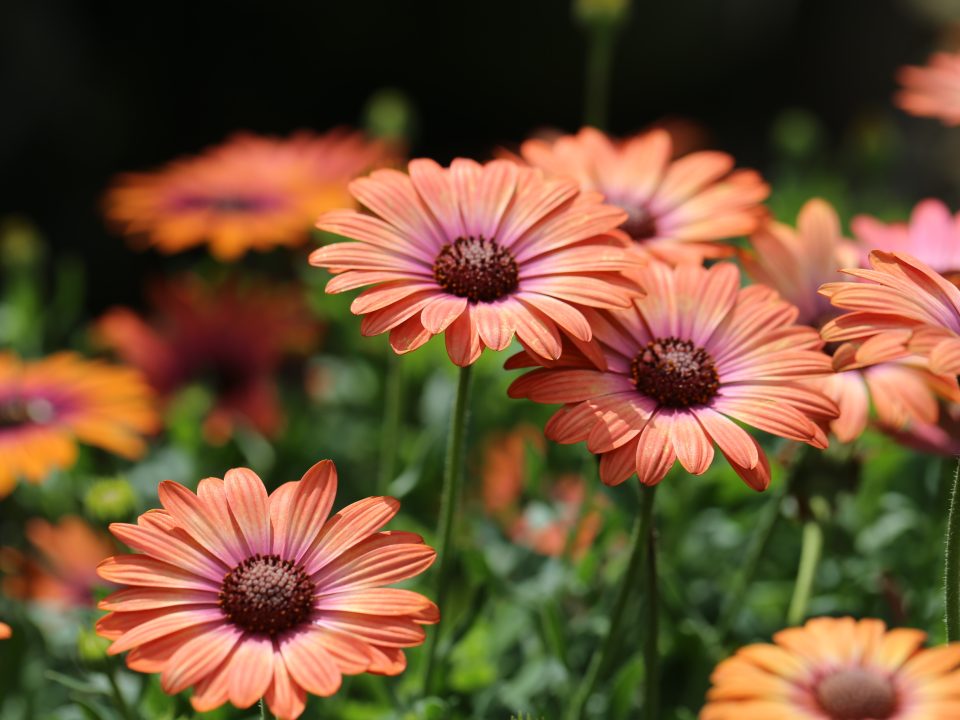- OPEN 7 DAYS 8AM - 4PM | 174 Dowding St. Oxley, Brisbane
- (07) 3375 5390
- sales@oxleynursery.com.au
December brings hot humid weather and regular afternoon storms.
With La Nina predicted to continue this year with increased rainfall, to get the most out of your garden it’s important to get the basics right. We’ve put together a Summer Checklist to help you out.

- ActiveGrow from Rocky Point is a compost-based soil improver, it combines compost and manures, with gypsum and many other elements to improve your soil.
- Organic Link from Plant of Health applied to soil has a comprehensive array of ingredients like beneficial fungi and microbes to breathe life into your soil and allow maximum uptake of your fertilisers
- Triple Boost from Plant of Health is a combination of worm, fish, and seaweed. It’s an all-around tonic you can use throughout the year.

Often we are asked ‘why does my plant look like this” or ‘Why it isn’t thriving’.
Often the simplest reason is lack of fertilising. You can make all the right soil amendments when first planting your new plant, but if you’re not providing your plant food, then often it won’t perform the way you want it to.
Plants have different needs, but a simple plan to get started is to use a controlled-release fertiliser. Different gardeners will have their favourite, we prefer using Troforte All purpose as it contains not only the fertiliser your plant needs, but it also contains microbes and minerals that feed your soil. It lasts for 6 months, and you reapply after that time. Troforte also comes in specifically formulated varieties for Natives, fruits and citrus, and even lawns.

Mulch is like the icing on your garden bed, it helps suppress weeds, retain moisture in the ground and slows rain runoff.As long as you’re mulching with something, then you’re on the right path. We use a lot of Pine Bark at the nursery as we find it best for tropical gardening. Its thick and chunky lets moisture through to the ground below, it also allows clumping plants to send their new shoots with ease.
Depending on the look you’re trying to achieve, mulch can help enhance the plants, and enhance your garden bed.

Our last point of our checklist is Watering. Your new plants require regular and consistent watering, however, there isn’t really a one-stop shop. We’re often asked “how often should I water?” and while we try to give a correct answer, often there can be environmental conditions that can affect your watering. Hot reflective fences, shallow garden beds, clay soil, windy side pathways, and hot-blowing air conditioning units. The easiest solution to this is to get to know your garden and understand the elements you’re battling to ensure you get your watering schedule correct.
New plants will benefit more from a deep soak less often, encouraging the roots to explore and push out into the soil, rather than a small amount more often. Plants that have come from a nursery though are used to receiving water at least twice a day, and sometimes 3 times a day, ensure your new plants are getting enough by checking on them daily for the first week.
Old garden beds and pots can become hydrophobic. This means they repel water rather than absorb it. We stock soil soaker which will fix this problem and also allow your ferliiser to make its way to where it matters! Your plants will love it!!




